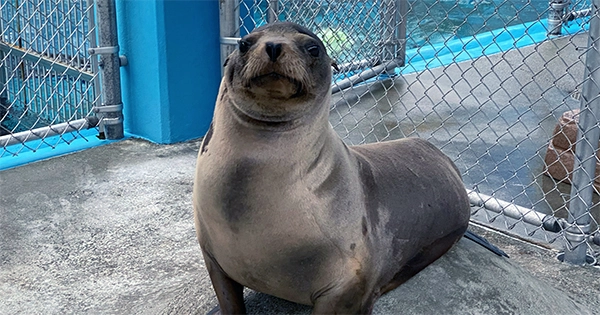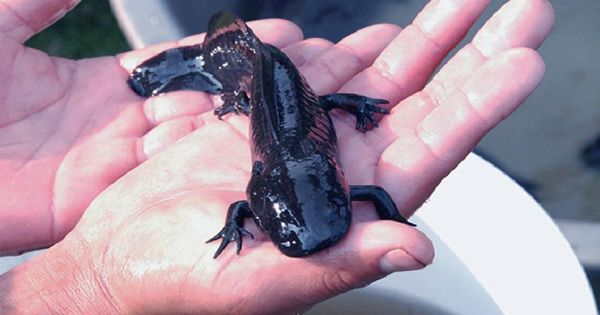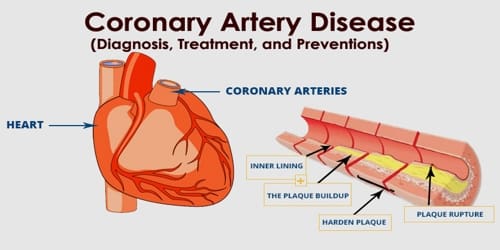After a sea lion named Cronutt underwent an experimental therapy, an unlikely celebrity has walked – or we say, slid – into the epilepsy treatment story. Cronutt was unable to feed due to severe epileptic convulsions; therefore, a breakthrough technique was performed to transplant healthy pig brain cells into the sea lion’s injured brain. Surprisingly, Cronutt’s strategy has proven to be a success. According to UCSF Magazine, he has regained a considerable percentage of brain function since the transplant. Scientists are wondering if the same strategy could use for humans now that the brave pinniped is seizure-free after a year.
Cronutt’s epilepsy journey began with a near-miss with algae and bacterial bloom off the coast of California, which included the neurotoxin domoic acid. According to a 2013 study, this type of exposure causes brain damage in California sea lions that is similar to that seen in humans with temporal lobe epilepsy, the most prevalent form of epilepsy. Cronutt, who was taken in by Six Flags the Discovery Kingdom in Vallejo, California, had a terrible set of symptoms because of the damage. By 2020, it appeared that death was the most humane option since the sea lions’ condition had not improved despite the best efforts of veterinary professionals.
Cronutt enrolled in an experimental treatment pioneered by Dr. Scott Baraban, the William K. Bowes Junior Professor of Neuroscience Research at the University of California, San Francisco. The neurons used in the therapy are called medial ganglionic eminence cells, and they come from pig embryos. In the hippocampus of a pig, these cells operate as inhibitory neurons, reducing the hyperactivity seen in epilepsy. The goal was that by injecting the cells into Cronutt, he would experience the same benefits seen in mouse tests, where it is shown to entirely cure epilepsy. After determining, that the left side of Cronutt’s hippocampus was the most afflicted, the surgeon has injected 200,000 cells into him four times and hoped for the best.
Despite the severity of his condition prior to the procedure, Cronutt has had positive results, remaining seizure-free and returning to a healthier weight one year later. While the medication cannot the damage caused by his exposure to domoic acid, it appears to have benefits in preventing additional hyperactivity that may resulted in his death.
“What the scientists performed here is very important,” Jacqueline French, chief scientific officer of the Epilepsy Foundation and a neurologist at New York University, told National Geographic. However, it must be determined whether the medication is consistently beneficial in sea lions before human trials can be considered. “A lot more experimenting will be required to ensure that what you’re doing will benefit rather than hurt,” French said.
















